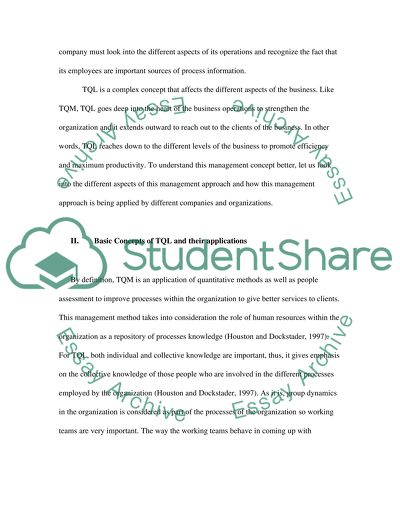Cite this document
(“Total Quality Leadership Research Paper Example | Topics and Well Written Essays - 2750 words”, n.d.)
Retrieved from https://studentshare.org/family-consumer-science/1409367-total-quality-leadership
Retrieved from https://studentshare.org/family-consumer-science/1409367-total-quality-leadership
(Total Quality Leadership Research Paper Example | Topics and Well Written Essays - 2750 Words)
https://studentshare.org/family-consumer-science/1409367-total-quality-leadership.
https://studentshare.org/family-consumer-science/1409367-total-quality-leadership.
“Total Quality Leadership Research Paper Example | Topics and Well Written Essays - 2750 Words”, n.d. https://studentshare.org/family-consumer-science/1409367-total-quality-leadership.


